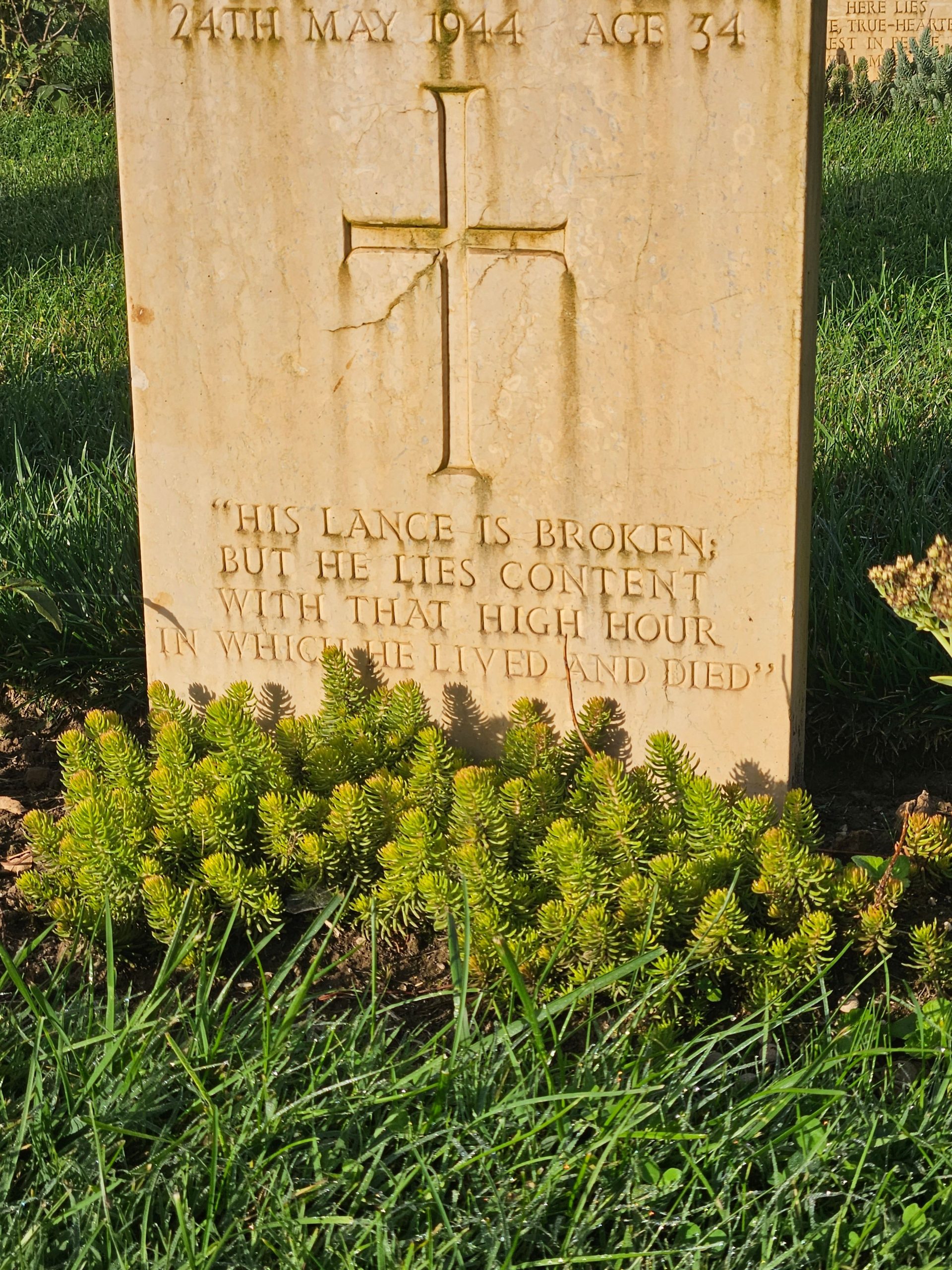
Bonjour, je suis l’élève-officier Couture, en génie civil, 4e année. J’étais un membre de la Visite des champs de batailles Mottershead en Italie qui s’est déroulée du 7 au 15 octobre 2023.
Ce tour est incroyablement intéressant parce que vous êtes dans les bottines des Canadiens qui ont combattus pendant la Deuxièe Guerre mondiale. À Ortona, par exemple, nous étions dans les mêmes rues que les régiments d’infanterie et nous nous arrêtions aux mêmes endroits qu’eux lorsque les offensives étaient freinées. Il y a une touche de réalisme qui n’est pas possible d’avoir dans un cours d’histoire standard. J’ai justement voulu faire cette visite car je ne connaissais pas beaucoup l’histoire et je voulais en apprendre plus sur les tactiques, les exploits Canadiens et la logistique de guerre. Les professeurs qui nous ont accompagnés étaient passionnés et ils ont effectué un travail colossal pour nous faire comprendre. Je crois que les étudiants du Collège militaire royal doivent continuer à faire cette visite. Je suis revenu au Canada avec un sens du devoir plus fort, une fierté d’être Canadien et la motivation d’être un bon leader. En effet, vous apprenez vite pendant le voyage qu’un bon leader fait souvent la différence entre la vie ou la mort, la victoire ou la défaite. Pour ma part, ce voyage m’a ému. J’ai ressenti beaucoup de fierté et j’en retire plusieurs leçons.
Dernièrement, nous avons visité quelques cimetières. Par milliers sont ceux qui ont donné leur vie pour nous. Alors, lorsque les temps seront difficiles et que le moral sera faible, je me rappellerai de ces personnes qui ont donné leur vie pour me motiver.
Third and Fourth year students were selected to go on the adventure of a lifetime when the annual Royal Military College Battlefield Tour sponsored by the Mottershead family opened a visit of the Italian campaign. The historic involvement of the Allies in the liberation of the Sicily and Italian peninsula in 1943-1945 was one that was overshadowed by the D-Day operations in Normandy in 1944. Nonetheless, the efforts of the Commonwealth, American and Polish soldiers kept key German divisions in the Mediterranean and away from the action on the Eastern and Western fronts of the war.
Our party arrived in Rome and headed for Monte Cassino, the root of Benedictine monks and the key anchor of the Gustav and Hitler Lines. Our trip was blessed with sunshine, which stayed with us throughout the voyage. Once there and situated, we were guided through a tour of the historic location. Little stands of the original monastery, which was targeted for bombing due to its important positioning, though through careful record keeping, it was restored to its latest incarnation. The site was beautiful, and it had a commanding view of the surroundings. The hilly landscape of Italy demanded some consideration of the mountaineering skill of the soldiers who fought here, as important as the crossing techniques developed to cross the many rivers. Many of the tactical and operational aspects were truly put into perspective by standing where the battles were fought, an impossibility in a classroom environment. Moltke The Elder was a massive proponent of this kind of learning, bringing his classes out to the Prussian landscapes, and asking them to devise their own defensive plan.
We stayed another day here, and visited many of the crossing sites of the Allied forces, such as the Liri and the Melfa rivers, but also had the chance to visit monumental cemeteries. The Polish site, on the western side of Monte Cassino, offered a chance for us to visit soldiers who were nationless, who fought for the idea of a restored Poland. It was unique and beautiful.
We moved North across the mountains, and made our way to Pescara. The Adriatic is where we would spend the remainder of our voyage. As the Canadians did in 1943, we moved through the mountain passes to where the I Canadian Corps would spearhead the attacks further through Ortona, gaining ground through tremendous effort. There was one particular ridge near the Sangro River Cemetery that offered an expansive view of the valley leading to Ortona. While we did not see any fortifications, it became easy to visualize the defensive lines that the German 90th Panzer Grenadier or 1st Fallschirmjager divisions played through some sort of defensive cat-and-mouse game. The culmination of the trip were the visits of Sterlin Castle and Casa Berardi, both significant monuments of the Royal Canadian Regiment, and Royal 22e Regiment respectively. The actions that took place there are immortalized in remembrance by these two Canadian units. Another highlight was a surprising event in Ortona, where a local came and spoke with us about his lived experience as the Canadians mouse-hole’d their way through his town. This kind of interaction was the first, and was the highlight for many of the students’ visits.
Finally, we held a wreath laying ceremony, where some of us said a few words, including a poem by one of our students. It was somber, but a needed reflection on the trip so far. It highlights for us the need for this kind of trip; we were placed in a very real environment, where we were able to truly appreciate the severity of the war. There are almost no large graveyards in North America where we can visualize the sacrifice of those soldiers who came before us. For our careers, there is a glorification of the dead, but without seeing the consequences. The visit of the Commonwealth graves were especially cherished by all members of the Mottershead Battlefield Tour.
We ended our trip in Rome, with a short but cherished opportunity to visit the sites on our own, purchase souvenirs, and revel in the week we just spent in the beautiful Italian landscape. The people were welcoming, and we are grateful to all that supported our journey, especially the staff, who took the time to research and present informative briefs at each of the locations. Nothing but beautiful memories were created, which we shall especially cherish in our careers moving forward.






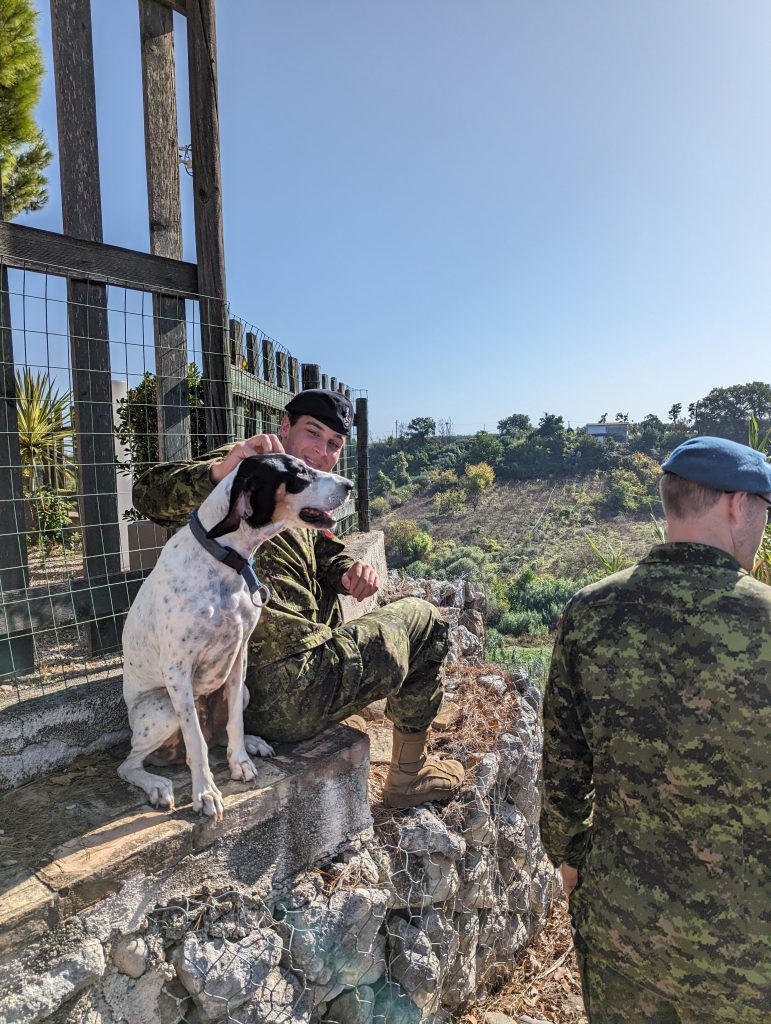
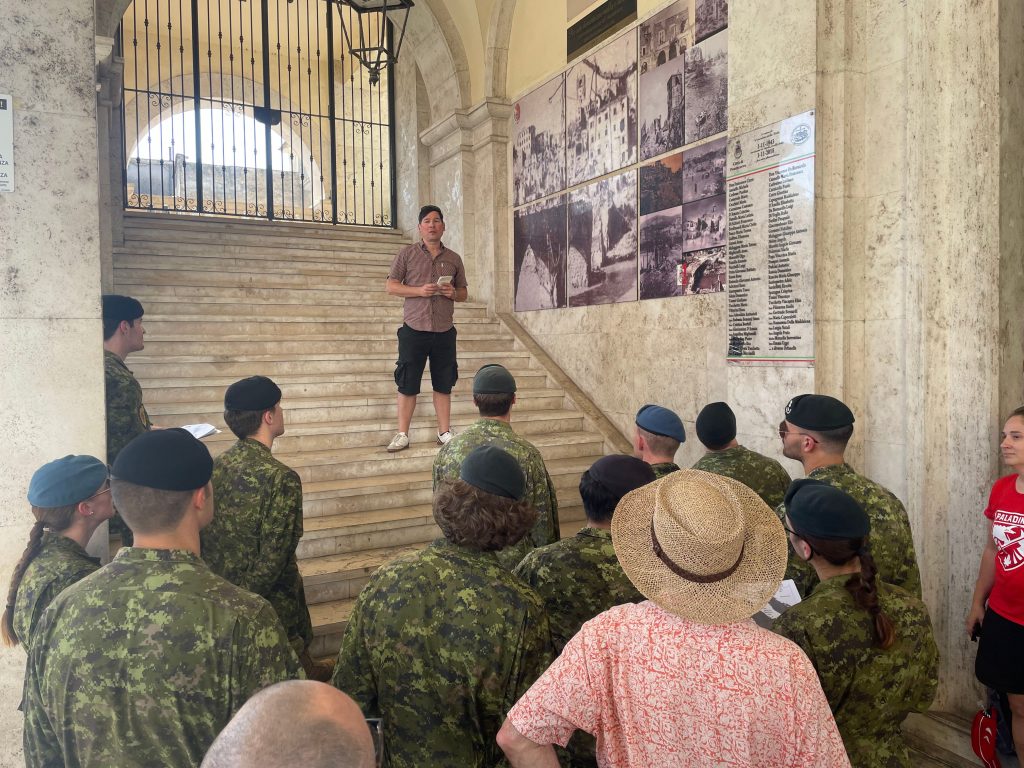

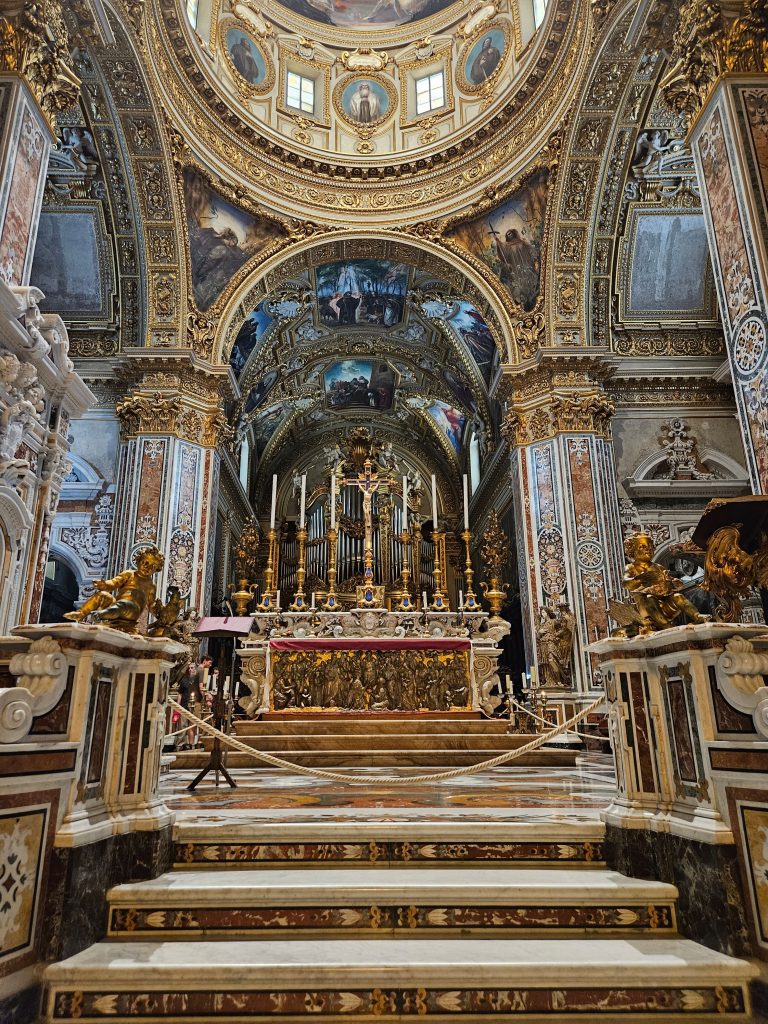
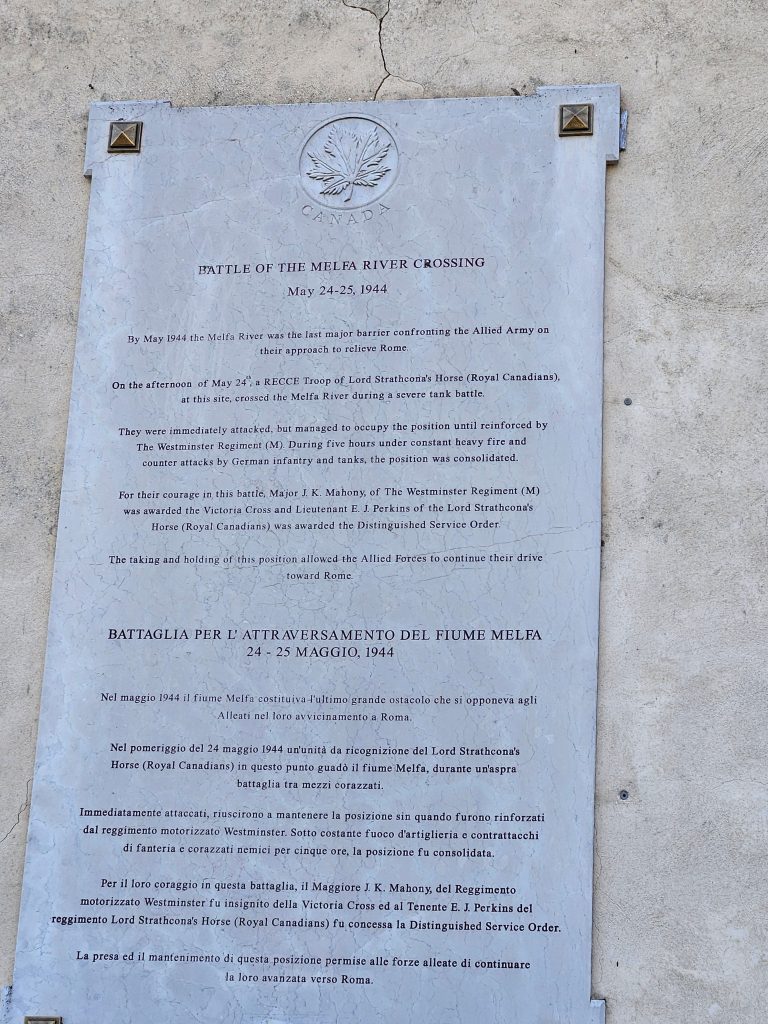



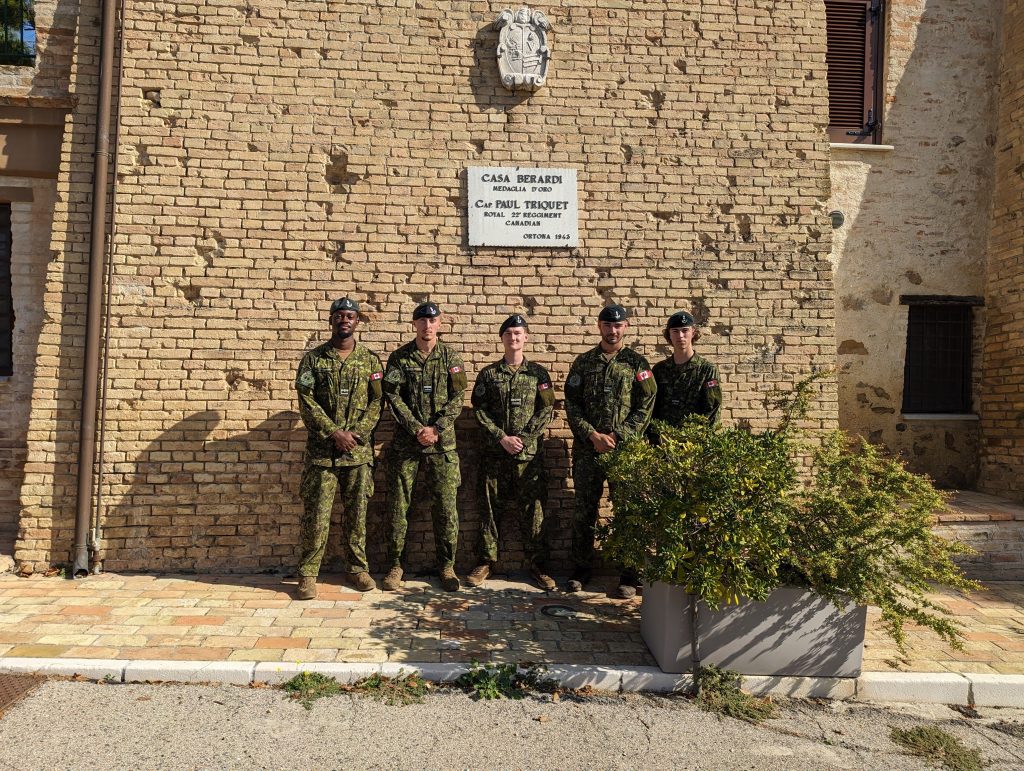
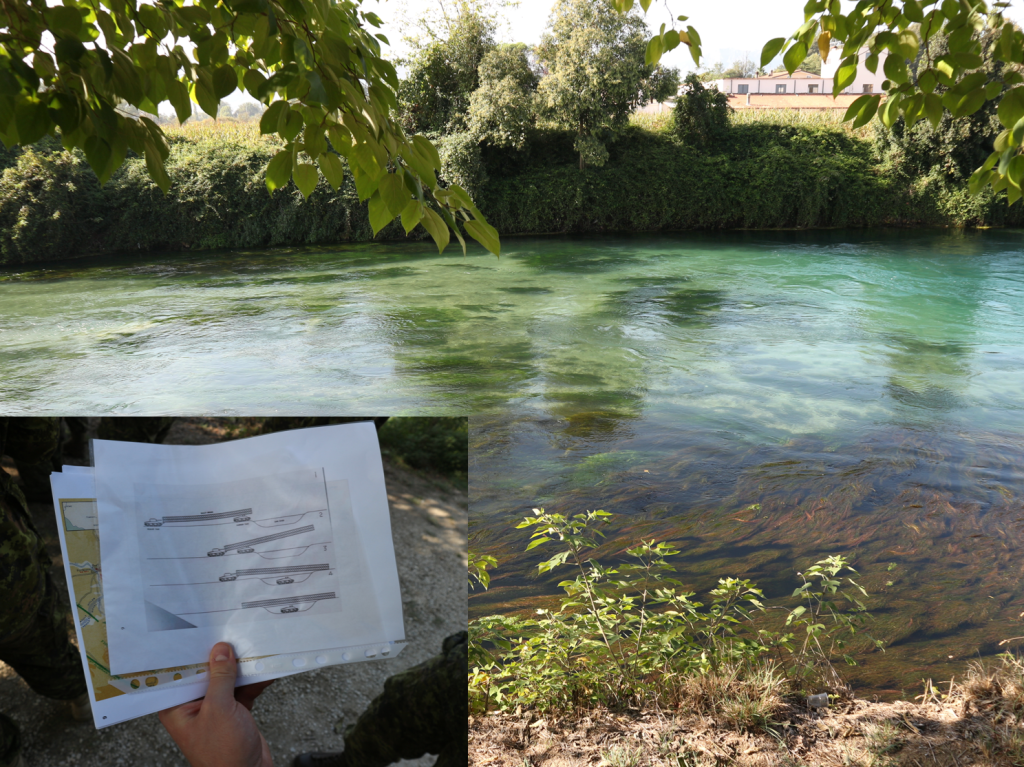
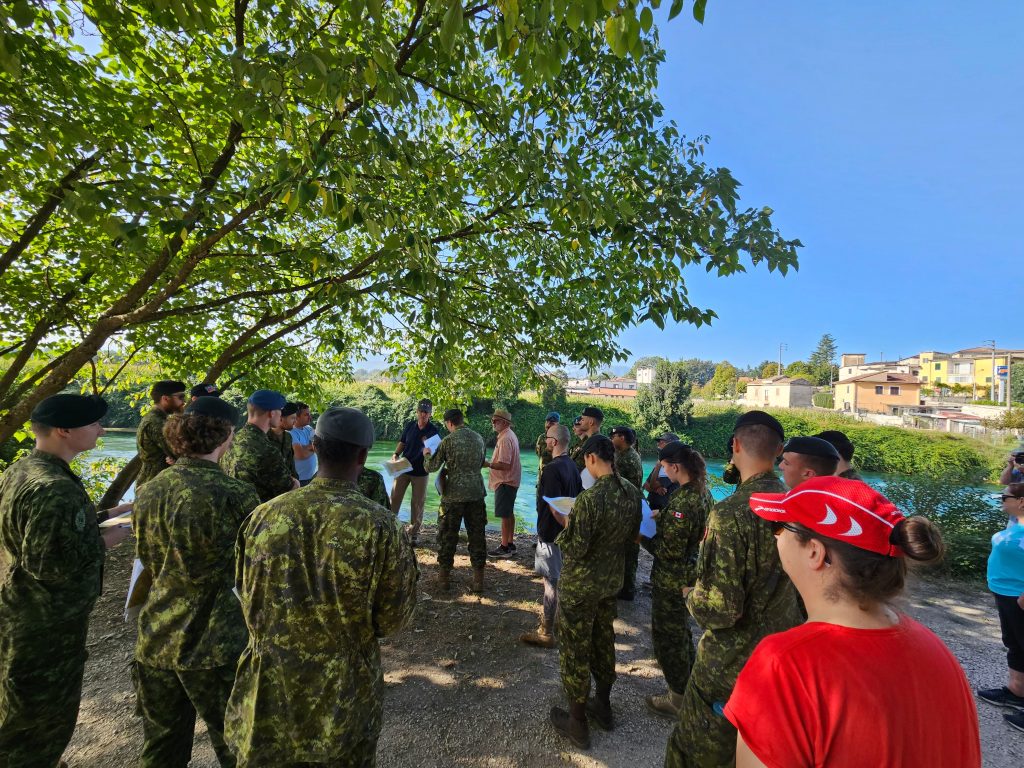


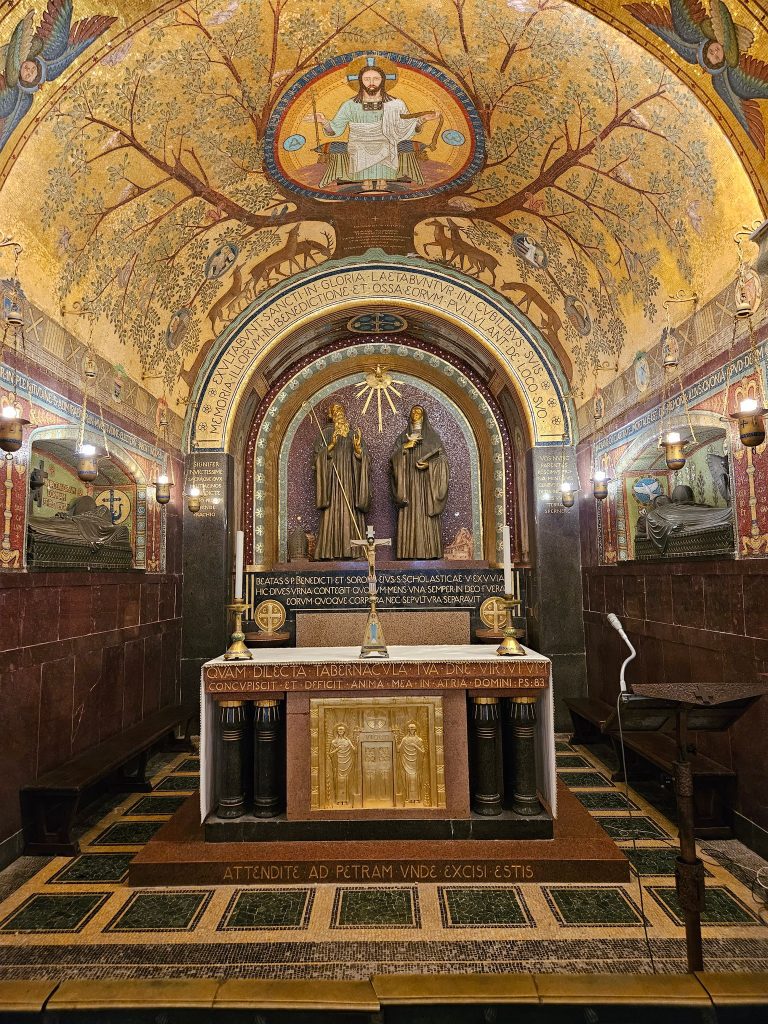


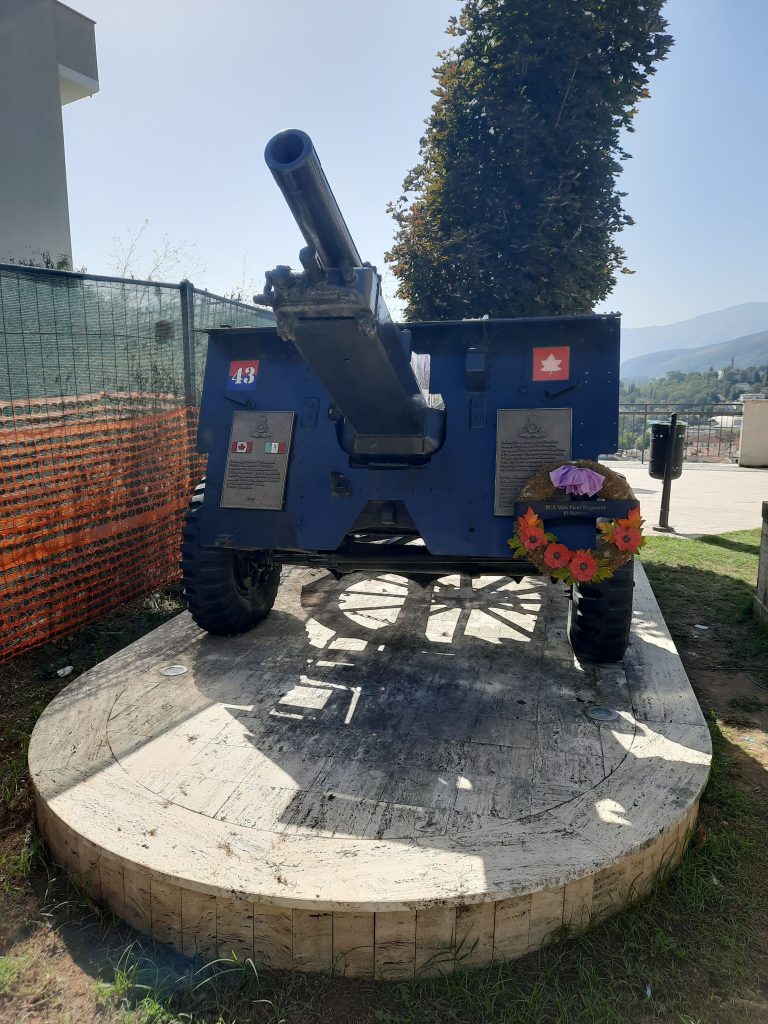

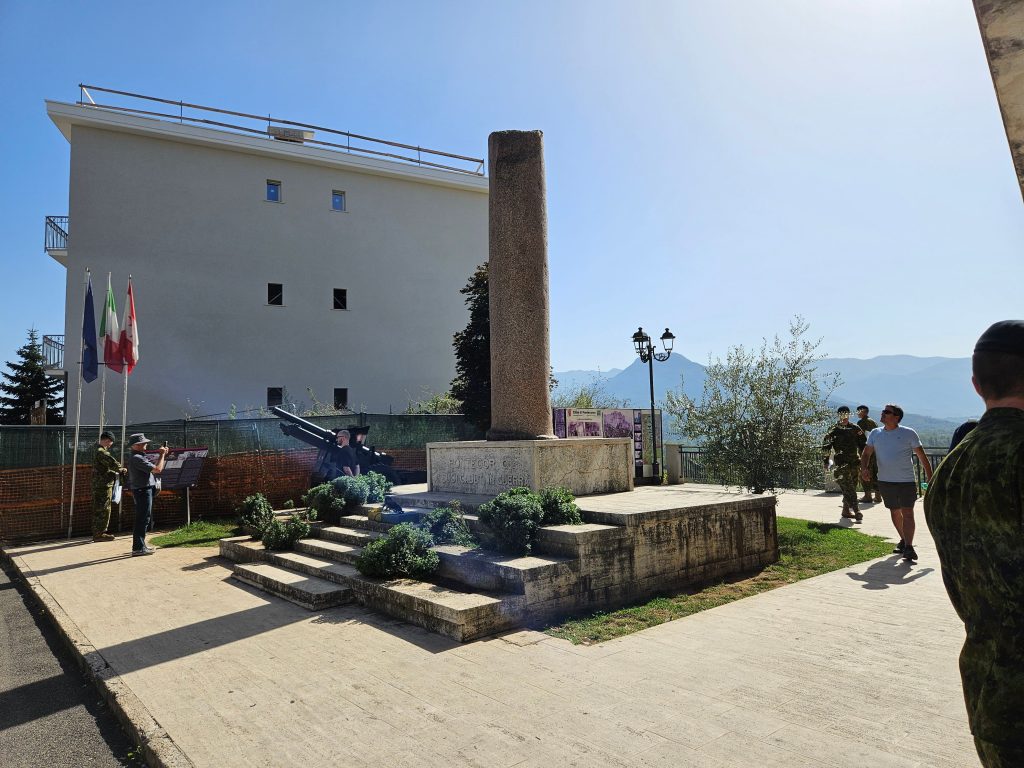
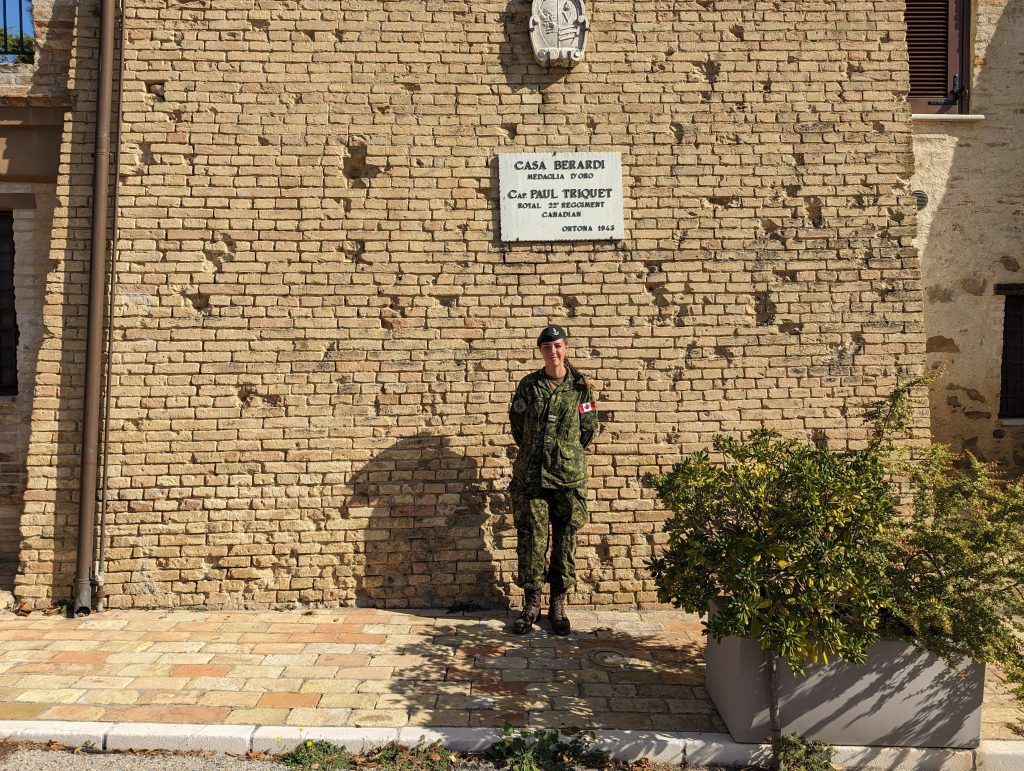
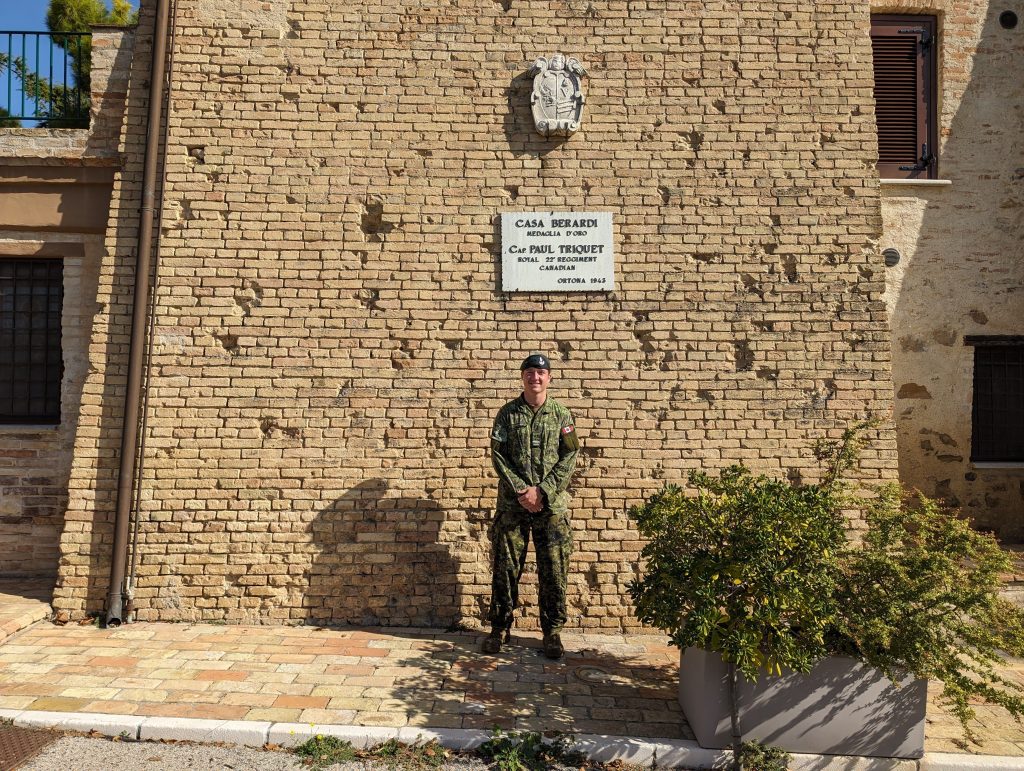
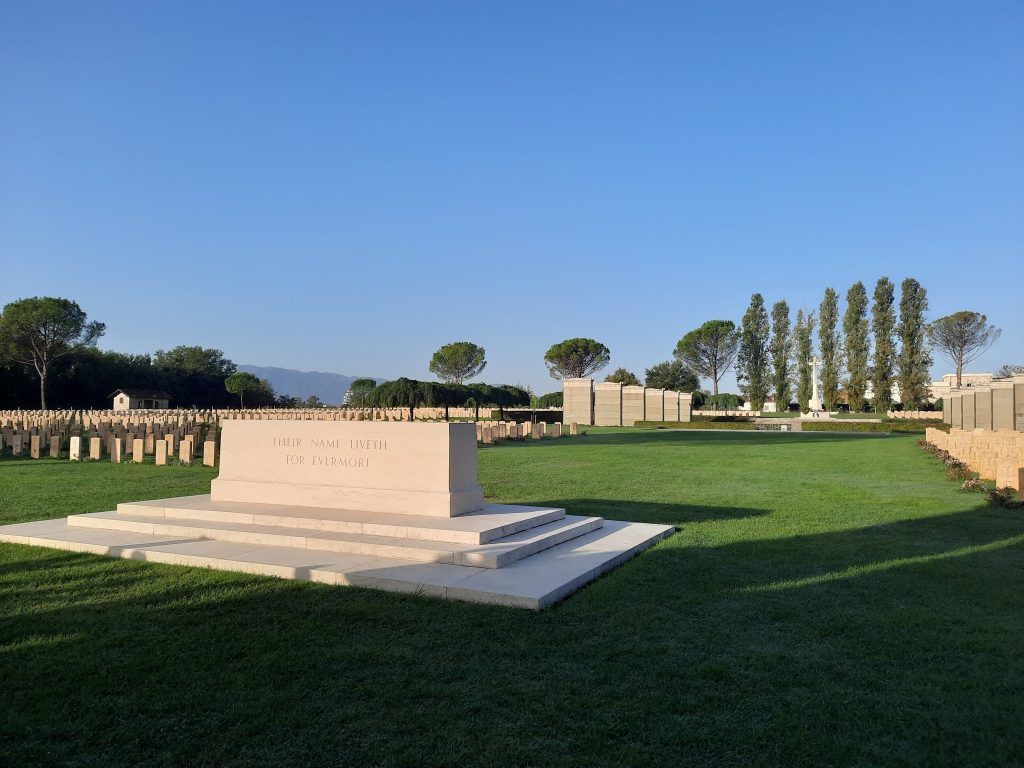

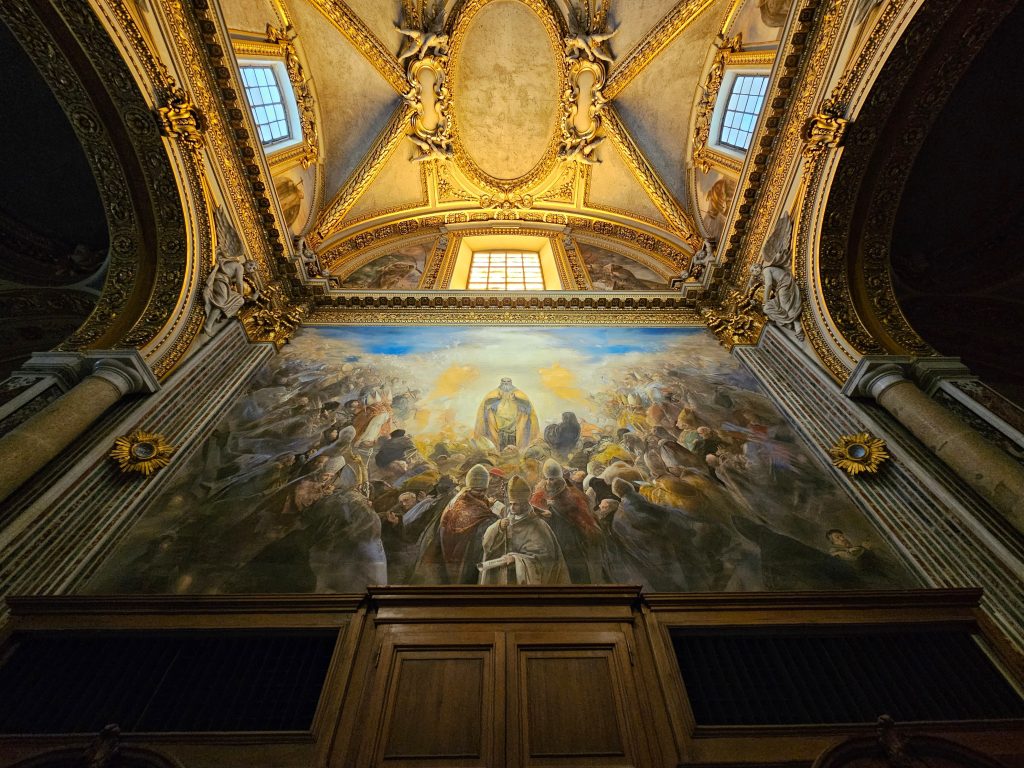
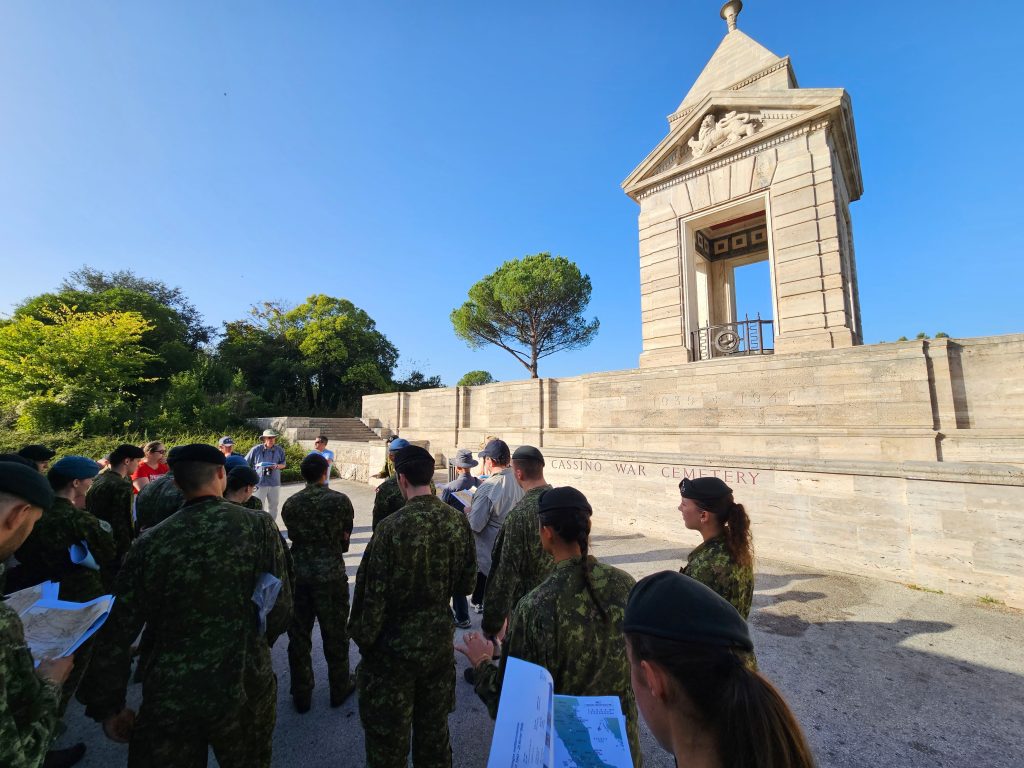




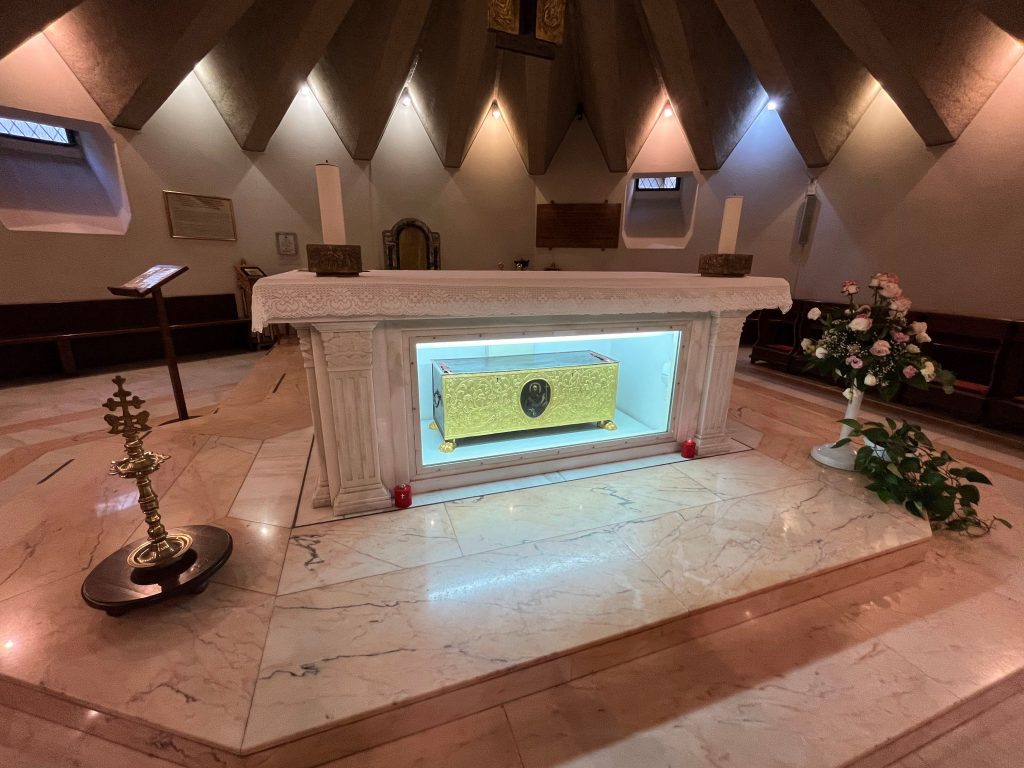
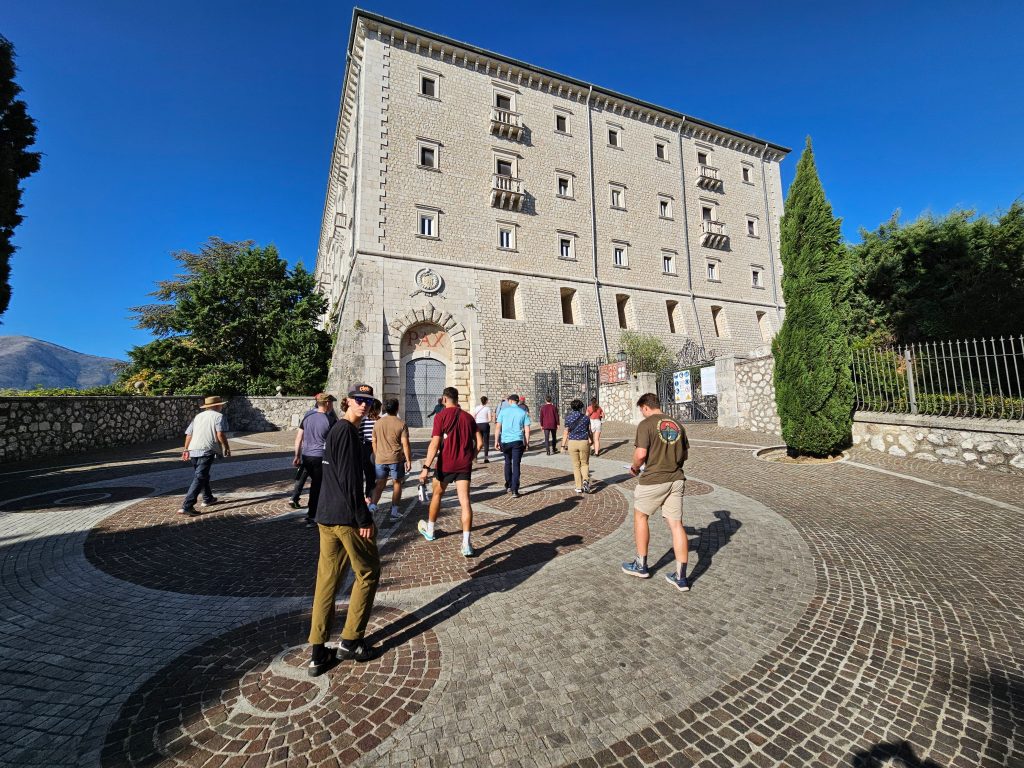
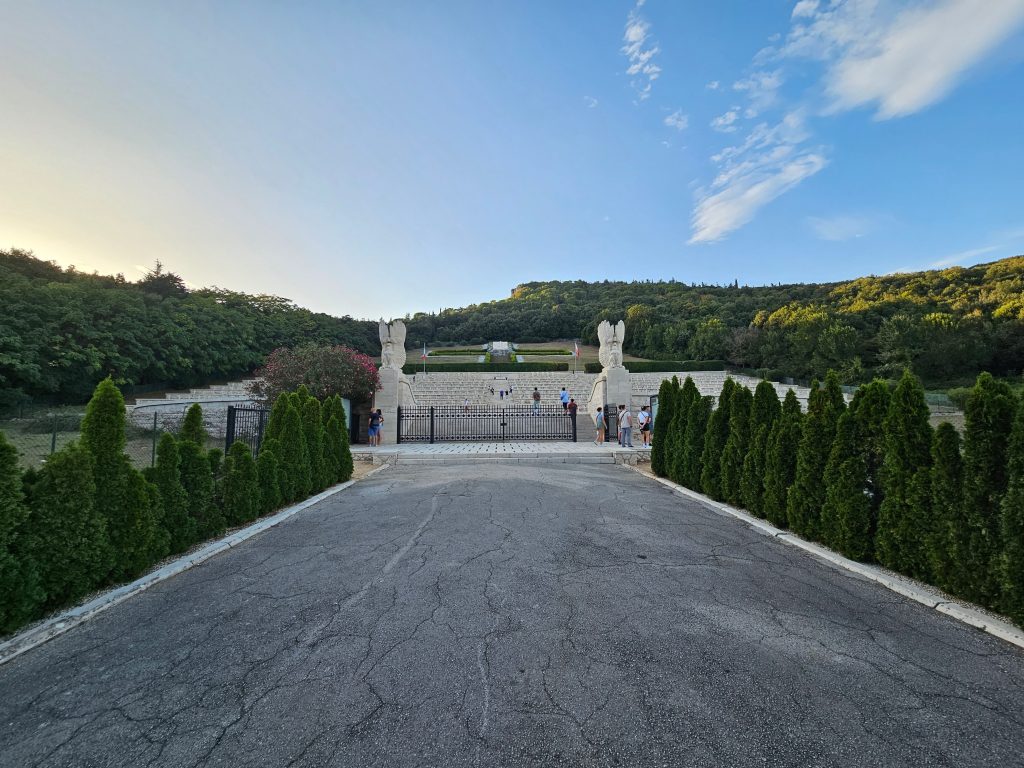

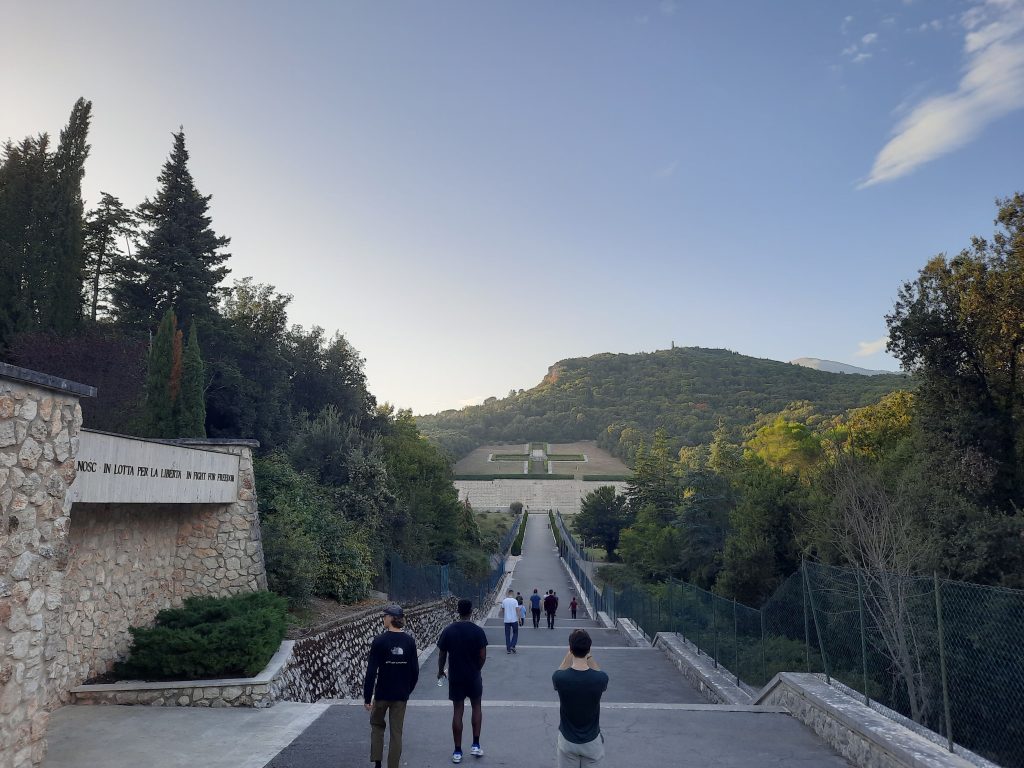
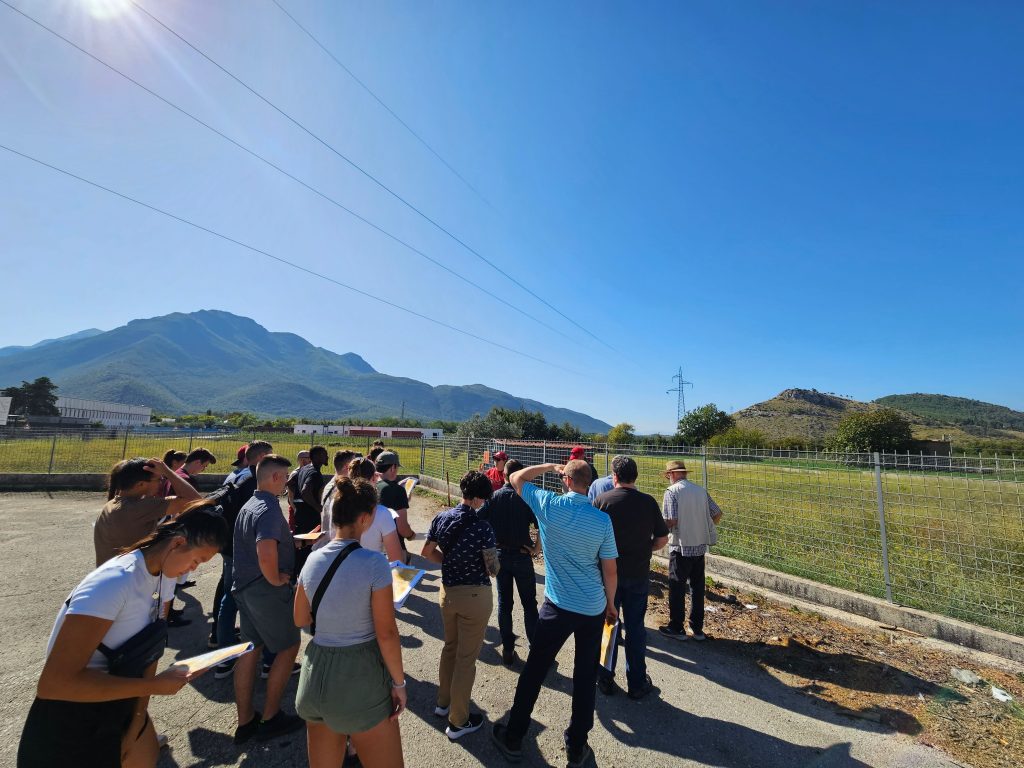

Unfortunately, the invasion of Italy is not given the importance it deserves. I am visiting Sicily and I took some time today to tour the beaches where the Canadian army landed in 1943. It is unfortunate to see that the site is only marked with a worn out Canadian flag on a small pole with junk around it. There must be something that can be done to commemorate this important historical event. I had the opportunity to visit the impressive Canadian museum in Courseulles-sur-mer in Normandy last year. The comparison between the two sites is striking, but perhaps does not deserve to be so extreme.
As one of the adult learners who accompanied our Naval and Officer Cadets on this historic trip I think I can safely say that those future leaders who made this trip experienced, like I did, a life-altering experience. To all those who had any part, large or small, in making this trip a reality all I can say is “Bravo Zulu” from the bottom of my heart. The pictures accompanying this article only impart a small sample of all that we experienced and will cherish. The emotions of the remembrance ceremony at the Coriano Ridge Commonwealth War Graves Cemetery unexpectedly came home fully to me today while describing it to close friends during our monthly Zoom gathering. Thank you to Ian and Rosemary Mottershead for your vision in helping show our future leaders, “what right looks like.”